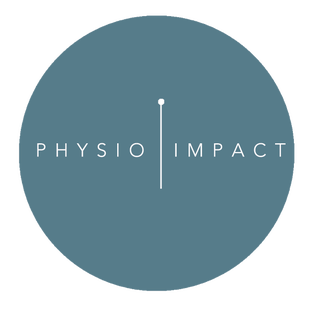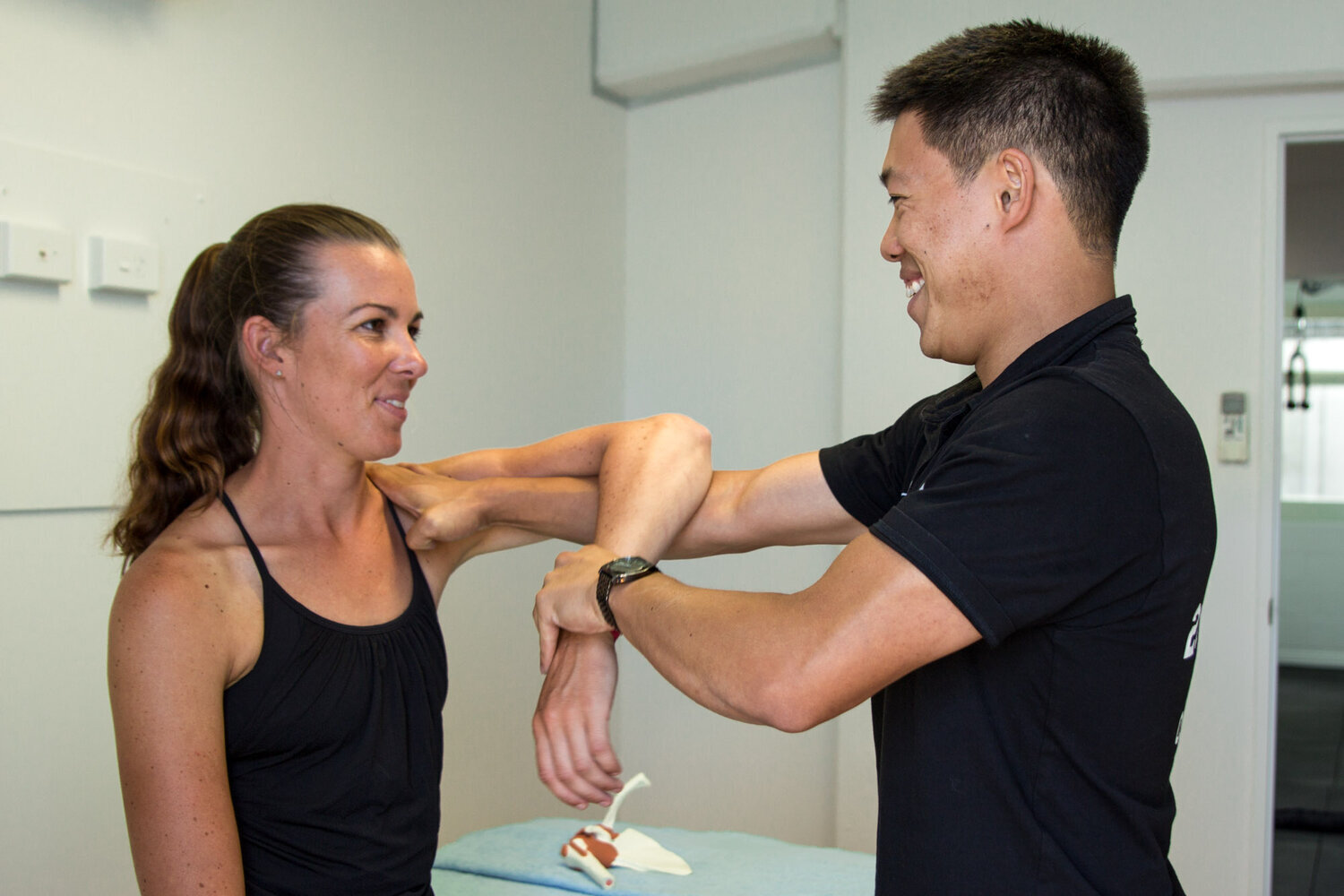Rotator Cuff Repair
The Rotator Cuff acts to stabilise the Glenohumeral Joint of the shoulder. The Glenohumeral Joint is a particularly mobile, ball and socket joint, allowing for a large range of movement. This is essential for function - whether it be for sport, work or daily life.
The Rotator Cuff consists of 4 muscles:
· Subscapularis
· Supraspinatus
· Infraspinatus
· Teres Minor
These muscles wrap the Glenohumeral Joint, and function to control movement of the extremely mobile joint. Think of the Rotator Cuff as the core muscles of the shoulder - allowing extremes of movement to be achieved, but controlling the joint from moving past these extremes.
The Rotator Cuff can be damaged, as a result of injury or gradual wear and tear. The most commonly injured muscles are the Supraspinatus and the Subscapularis. Damage most often occurs at the tendon, which connects the muscles to their insertion onto the bone.
Rotator Cuff surgery is most commonly performed arthroscopically, under general anaesthetic. Your surgeon will make small incisions, and insert a tiny camera and his instruments through these incisions. If you have extensive damage to your shoulder, your surgeon may be required to use an open incision in order to ensure the best repair of your Rotator Cuff tear.
Once inside, your surgeon will use a suture to reconnect the tendon. He will also tidy up any associated damage that has occurred to the shoulder joint.
In most cases, Rotator Cuff repair is a day surgery, which does not require an overnight stay in hospital. You will be sent home with your arm in a sling, which may be fixed to your body. In all cases, it is important you follow the recommendations from your surgeon and physiotherapist in regards to the wearing of your sling. You will also be given pain medication, take these as your surgeon has recommended. Pain control is a very important step in your recovery.
You will see your surgeon approximately 10 days after your operation. At this appointment he will discuss how the surgery went, remove any stitches, and find out how you have been recovering. This is the time where you will normally be referred for physiotherapy. From here, your physiotherapist will guide you through your rehabilitation in liaison with your surgeon. Usually you will see your surgeon again 12 weeks post-surgery for clearance to start strengthening, and again at 6 months post-surgery for your final check.

